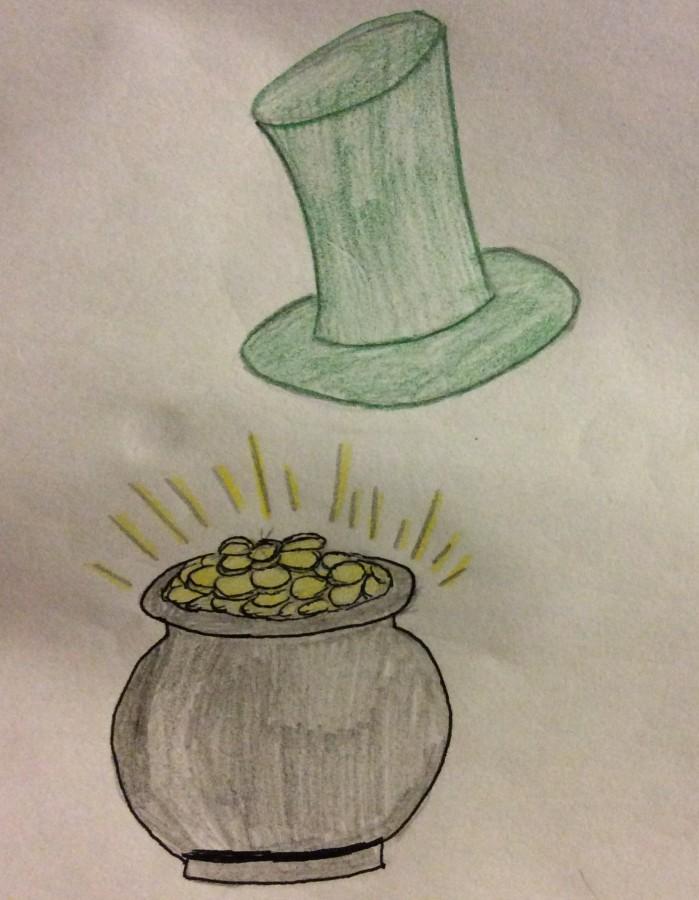St. Patrick’s Day: The Lucky Holiday
The history of St. Patrick’s Day has some fascinating origins and traditions.
For as long as anyone can remember, the green dye that fills the Chicago River signifies the start to the international holiday of Saint Patrick’s Day. Although the holiday is renowned for its celebration of Irish culture and heritage, the parades, festivals, dancing, and food have become a global phenomenon. However, what may actually come as a surprise to people is the fact that the start of this festival did not originate in Ireland, but rather in England or Scotland where Patrick, the Patron Saint of Ireland, was born.
Patrick was kidnapped by a band of pirates at a young age and bought as a slave in Ireland. Many years passed until he had recurring dreams from God of escaping slavery and seeking refuge in Britain. After his escape, Patrick felt a call to return to Ireland and began to convert many to Christianity. Along the way he set up schools and came to the aid of anyone in need.
Part of this widely-known holiday are the accompanying symbols and reappearing figures in the Irish culture, such as the shamrock and the leprechaun. During the 1600s and 1700s, the shamrock became a symbol of Irish national pride and unity as an independent country. Saint Patrick’s Day and all that goes with it often involves luck. In Irish culture, the number three is seen as a magic number. However, the strong belief that the four leaf clover is a central symbol of the Irish culture is false and is often misconstrued with the shamrock. The leprechaun in Irish culture also has become ingrained in myth and as legend states if one encounters such a creature they are obliged to reveal the location of their treasure, but can vanish at any moment.
Saint Patrick’s Day has naturally become a cherished celebration in Ireland and throughout the world. It brings together both Irish natives and people of different cultures to celebrate this beloved holiday.

Aliyah Mohiuddin is currently an editor and columnist for The Glen Bard. Her current column is called "Hidden Stars at West," featuring different students...





